Tulum in Mayan refers to its fortress like walls, but the real Mayan name for the site was "Zama" which means dawn. The site is located an easy drive down the coast from Playa del Carmen and is also easily accessible from Valladolid via Coba. The ruins at Tulum are
now part of a National Park covering some 1600 acres, but the ancient city stretches along the coast for almost four miles. This royal city, perched on limestone cliffs seems to rise right out of the beautiful Caribbean Sea.
The ruins are from the post-classic era of the Maya civilization and are fortified. While walled cities are not normal for the Maya, they existed in many of the postclassic cities. Tulum rose to prominence around 1200 C.E. a little more than three hundred years before the arrival of the Spanish conquistadors. Astronomy and celestial navigation, maritime trade, even weather forecasting were among the Maya achievements at this small but powerful city state.
The dominant pyramid is the Castillo which has two columns portraying serpents. It is also noted for murals found inside the building. These serpent columns speak to the Toltec influence which is clearly evident at Tulum. The Temple of Paintings also contains frescos with sacred colors and are in reasonable condition. Carvings at the site include some recesses containing images of flowers and animals carved in colored
stucco. Other constructions were used for religious rites and ceremony.
The Maya who inhabited the Island of Cozumel were known to worship the sun at sunrise. And even though the site was named Zama for dawn, the Maya at Tulum are known to have worshipped the setting sun.
Tulum, unlike many other Maya cities has been used as a fortress into the 20th century.
In 1518 the Spanish documented sighting, what is surely Tulum. They compared the city to Seville in Spain and noted that there was a very tall tower seen there. This is certainly a reference to the Castillo.
During the Maya uprising of the War for the Castes, which began in 1847 and lasted until 1901, Tulum served as a fortress for the rebels. In 1871 it was used as a sanctuary by the cult of the "Speaking Cross" of Santa Cruz. They were led by the Indian woman Maria Uicab, who was also known as the patron saint of Tulum.
Tulum is also right next to Sian Ka'an Biosphere Reserve. Sian Ka'an is prime hiking spot for those who want to experience jungle wildlife and unrestored Maya ruins. Tulum also offers camping, swimming inside the ruins and has a marketplace and mall where souvenirs and typical archaeological pieces are sold.

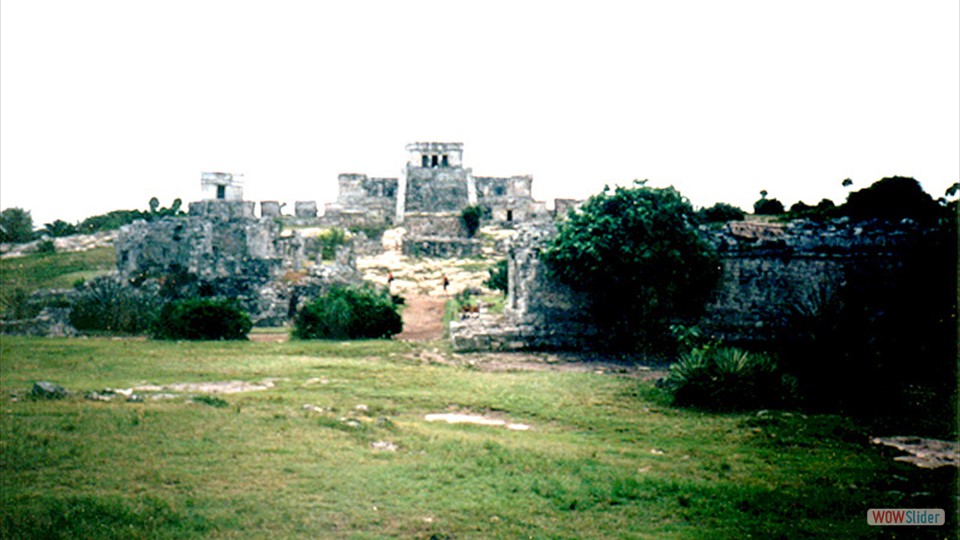
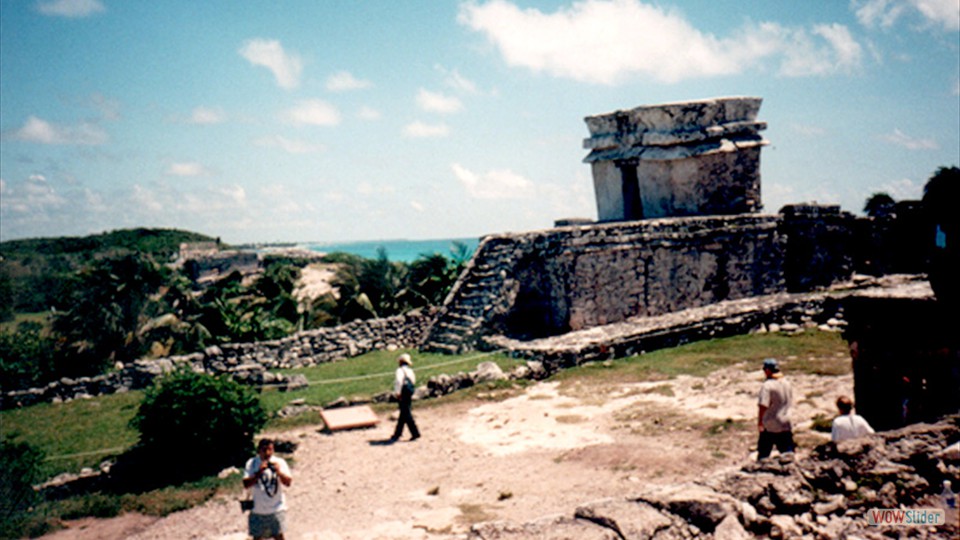
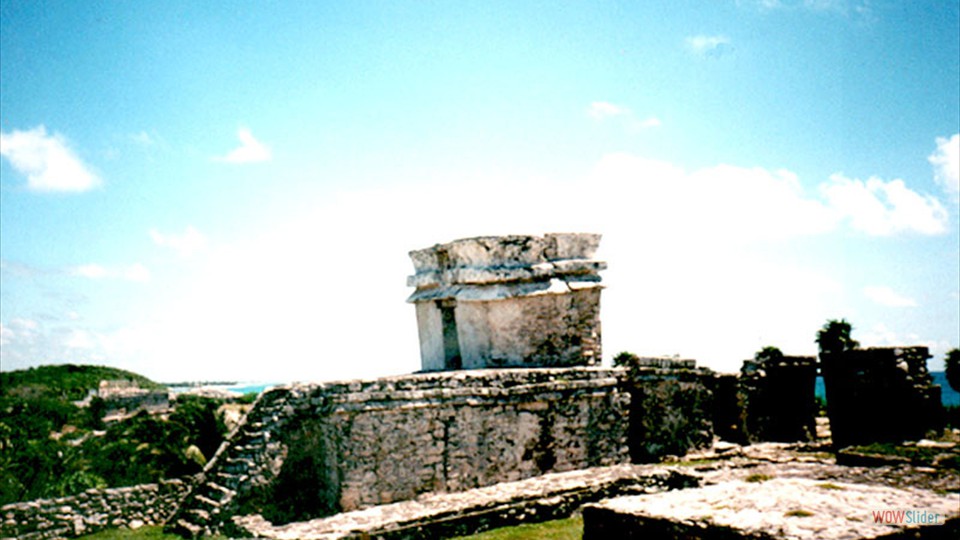
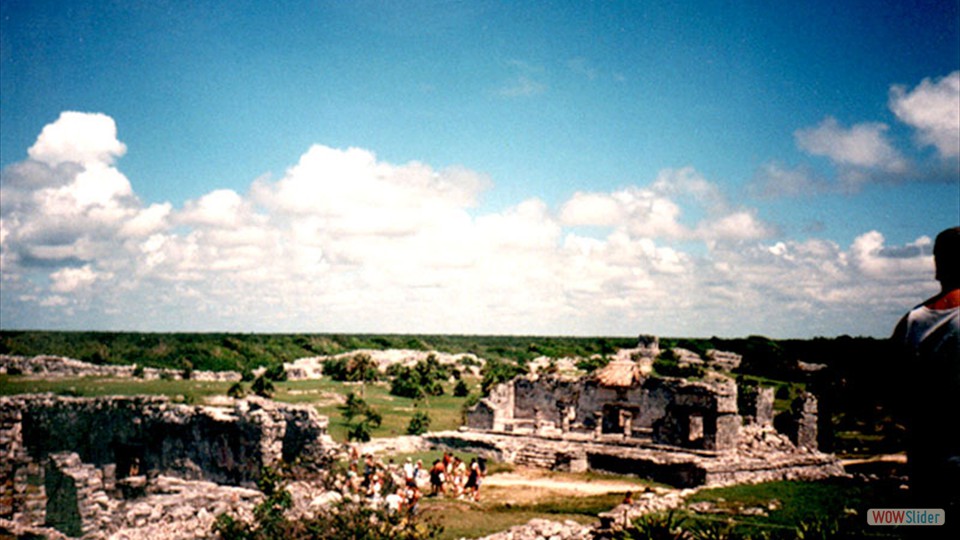
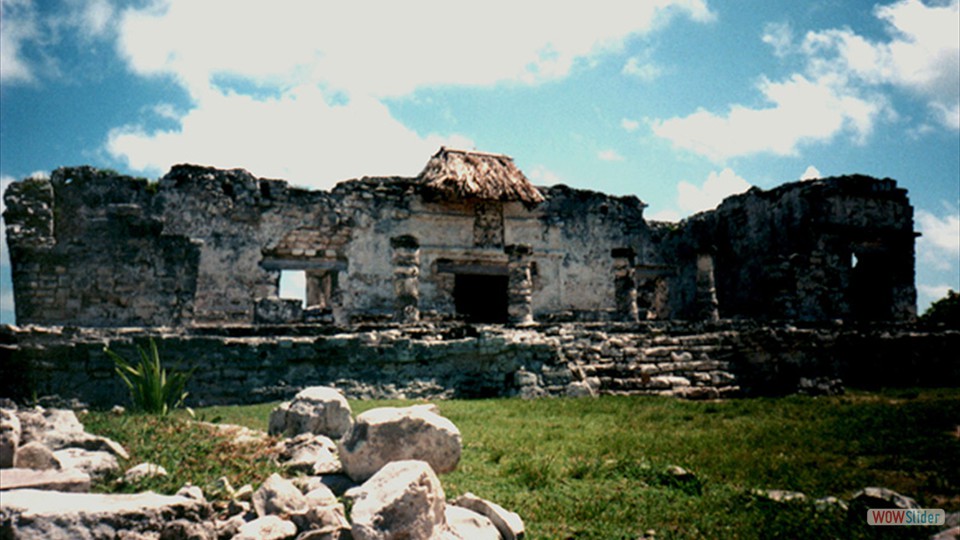
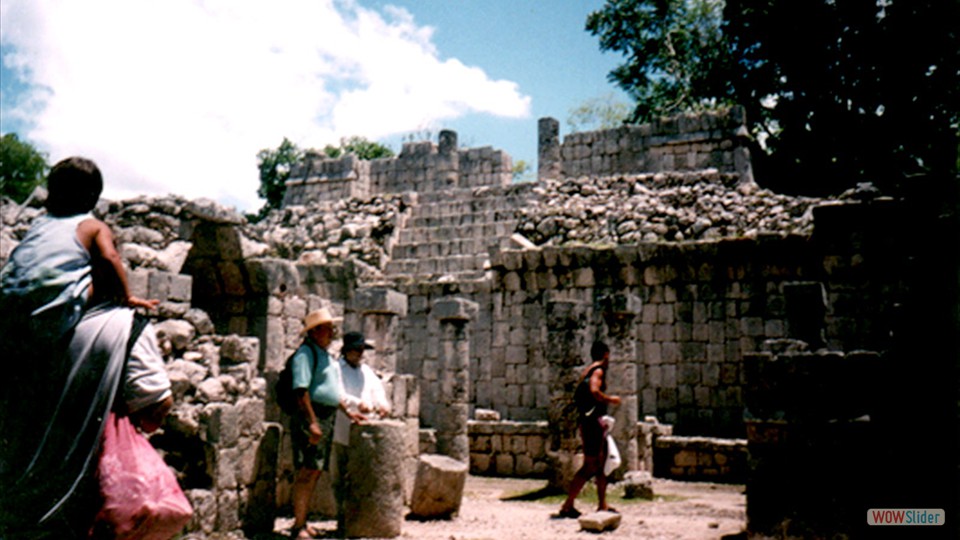
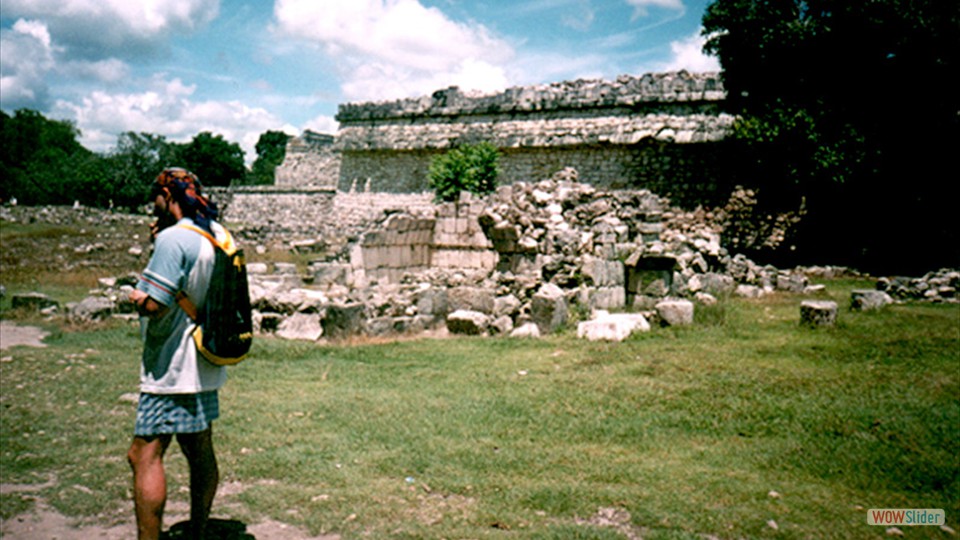
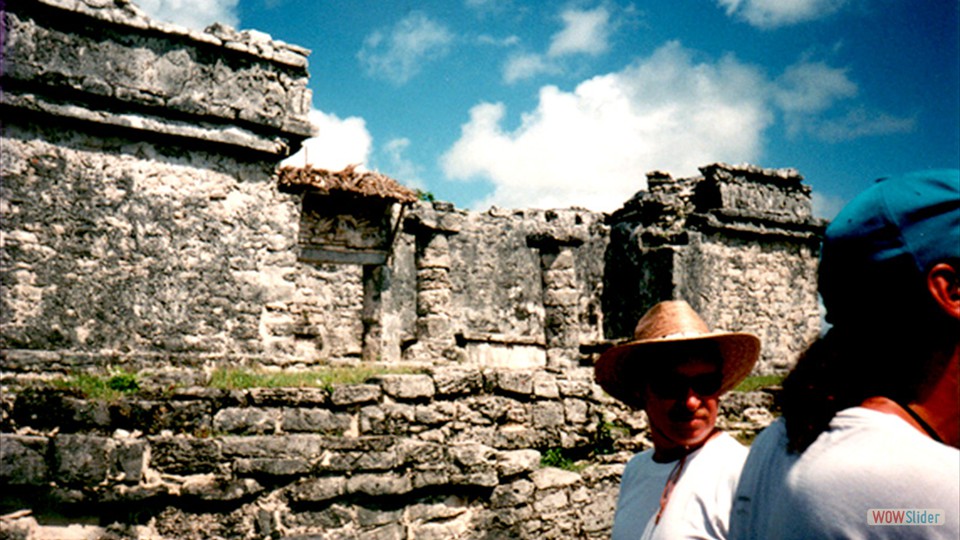

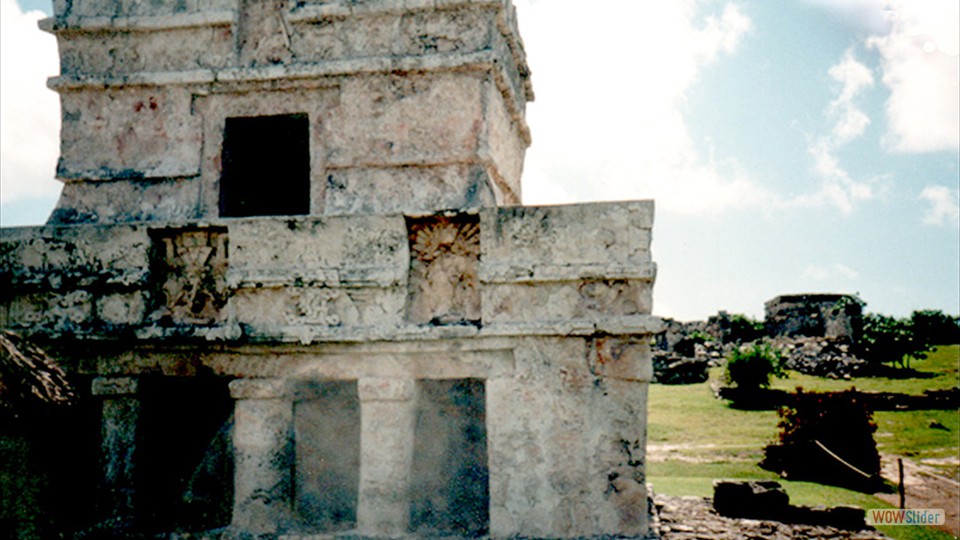
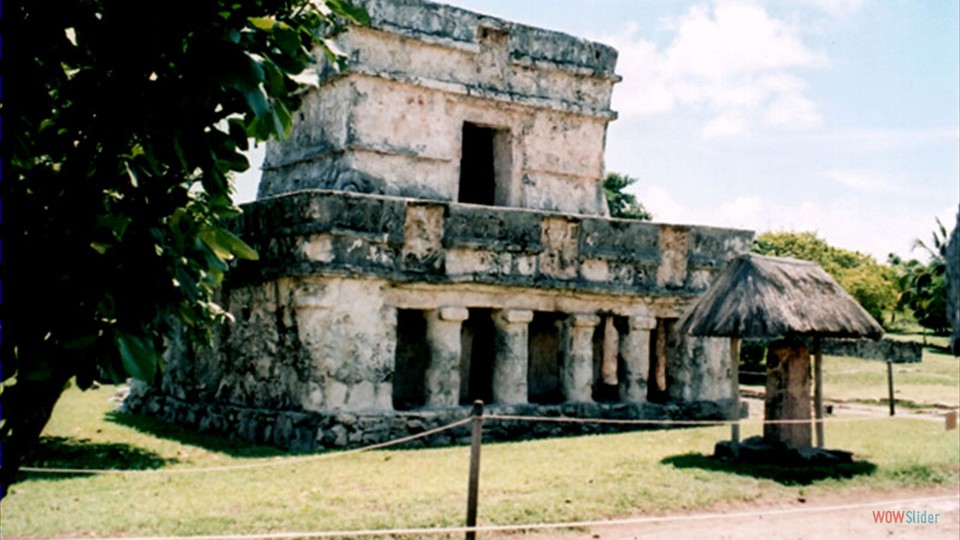

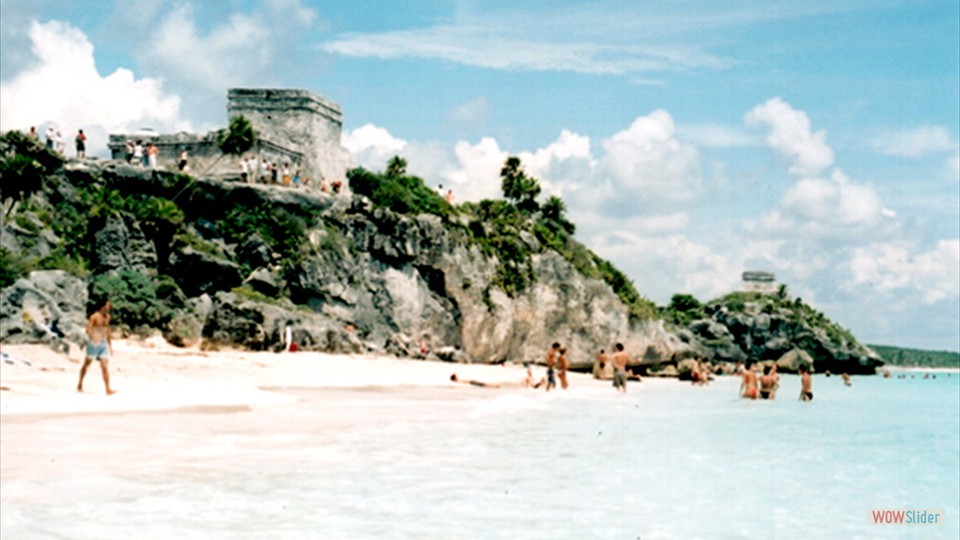
 1
1 2
2 3
3 4
4 5
5 6
6 7
7 8
8 9
9 10
10 11
11 12
12 13
13